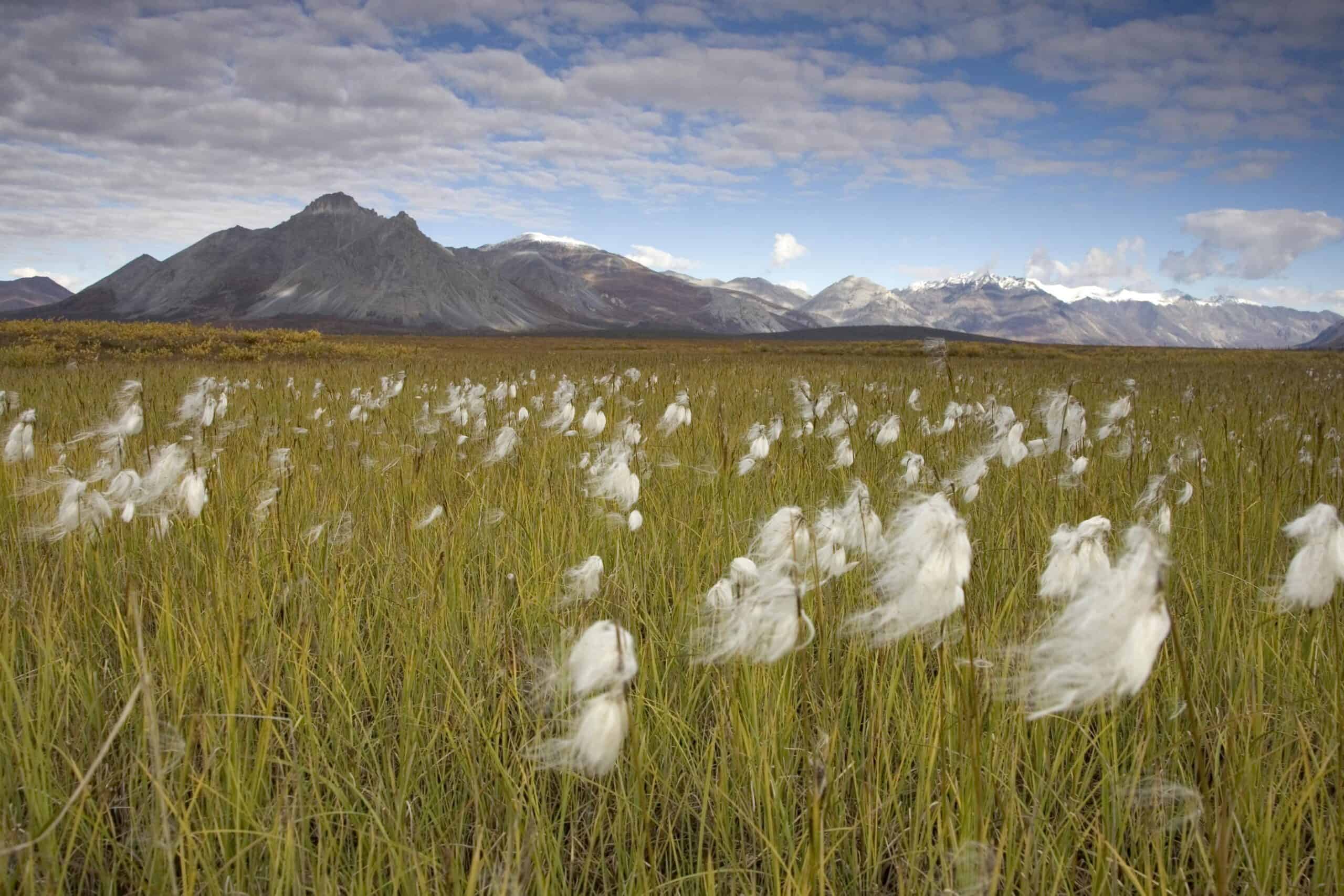
Predator exclusion cages aren’t a trap for sea turtles
Researchers worried the cages would show coyotes where to prey on sea turtles

Nearly 1,000 birds killed at Chicago building during massive migration
Volunteers collected at least 961 birds

Wildlife activities reach record high in U.S.
Americans spent nearly $400 billion on outdoor activities in 2022


TWS member earns award for hog eradication
Brad Pendley was named refuge employee of the year

Kentucky honored for elk restoration
The state hosts the largest herd east of the Rockies

The November issue of the Journal of Wildlife Management
Check out articles on wild turkey habitat use, ungulate kill rates by Mexican wolves and more

Wildlife Vocalizations: Sara Gagné
Childhood salamander hunts led Gagné to pursue a career as an urban ecologist

Climate change is making it harder to set controlled burns
Fewer days will have the right conditions for prescribed fires

Gray wolf recovery brings new management challenges
Scientists suggest creating zones for different types of gray wolf management







